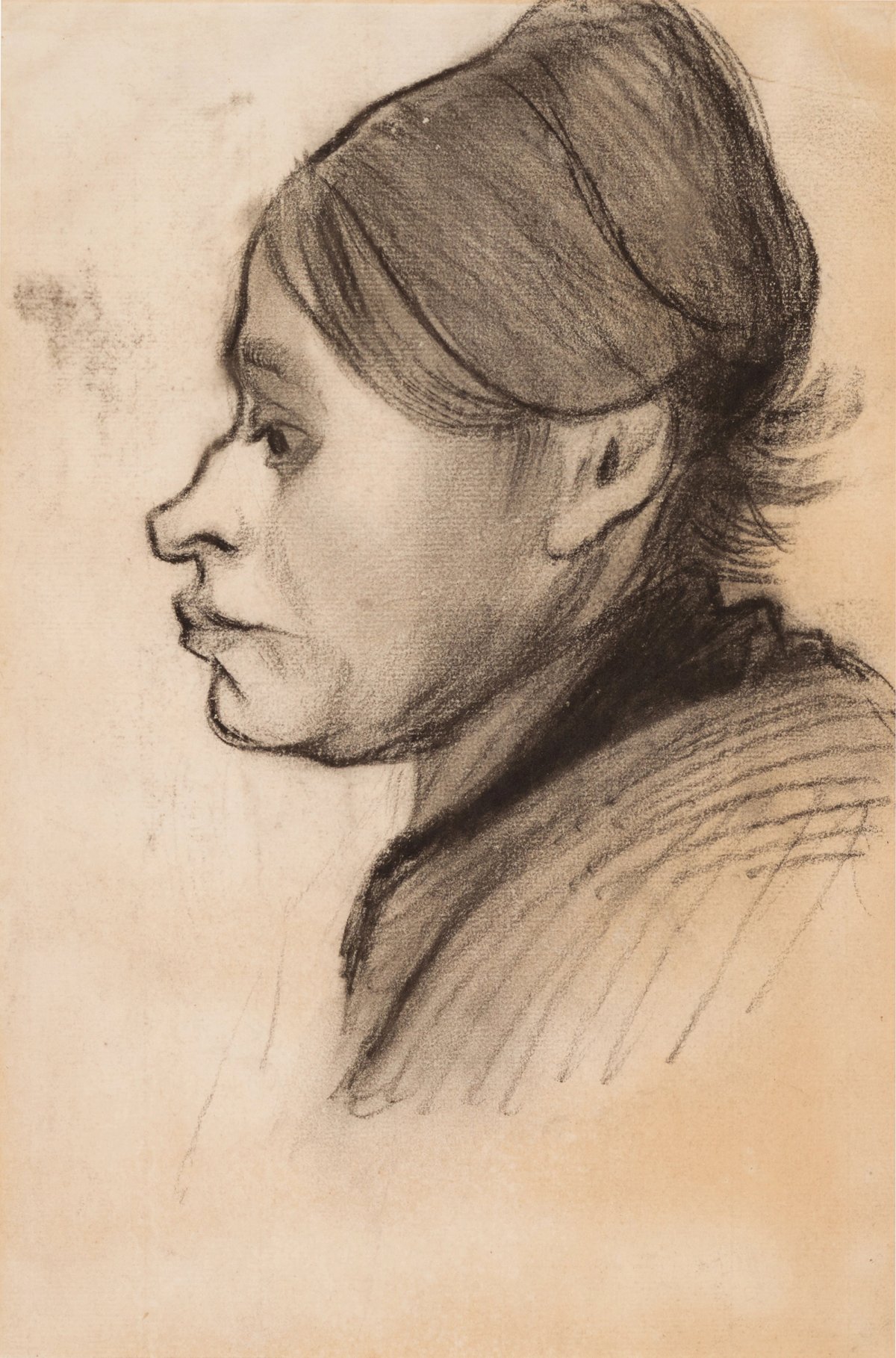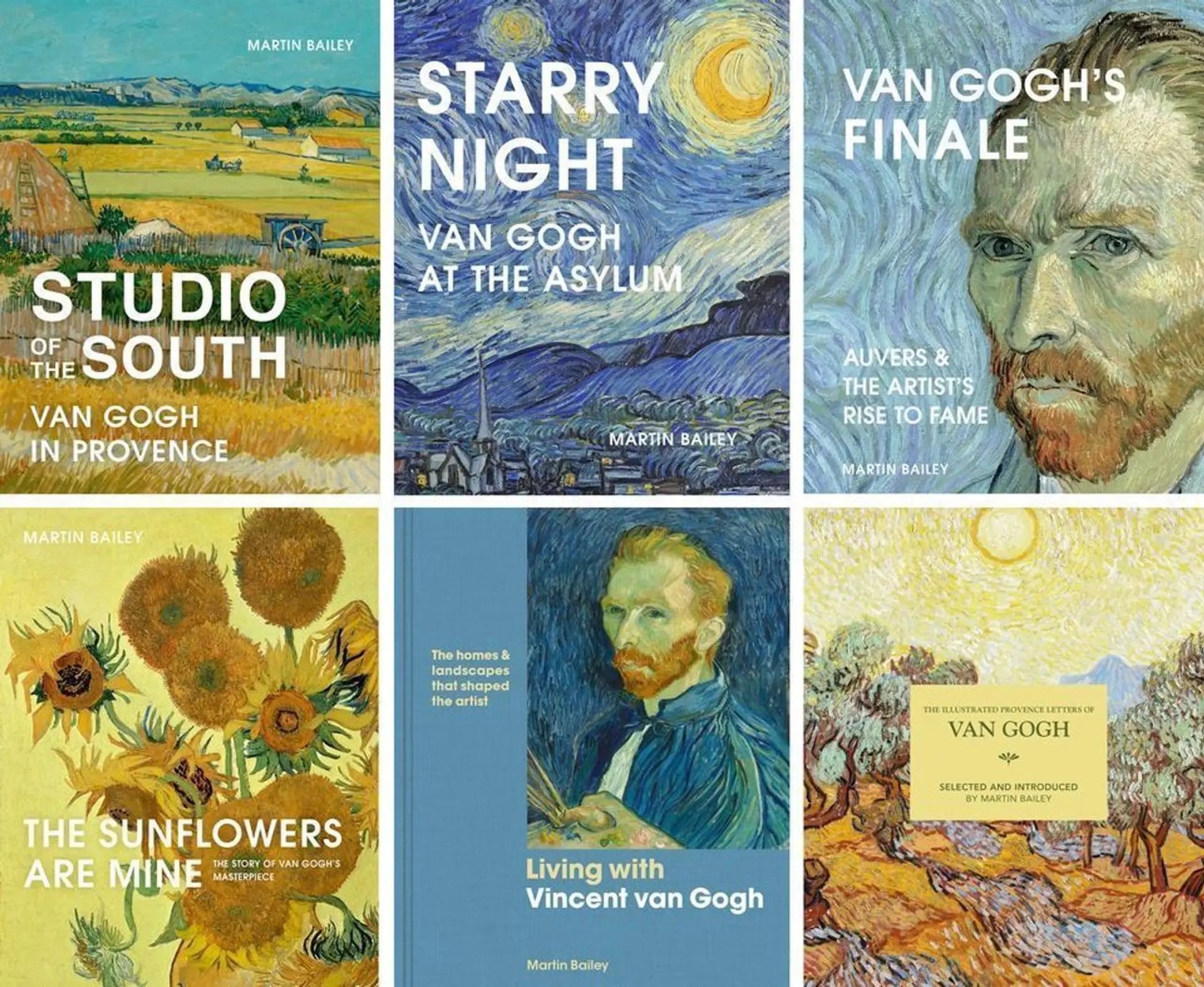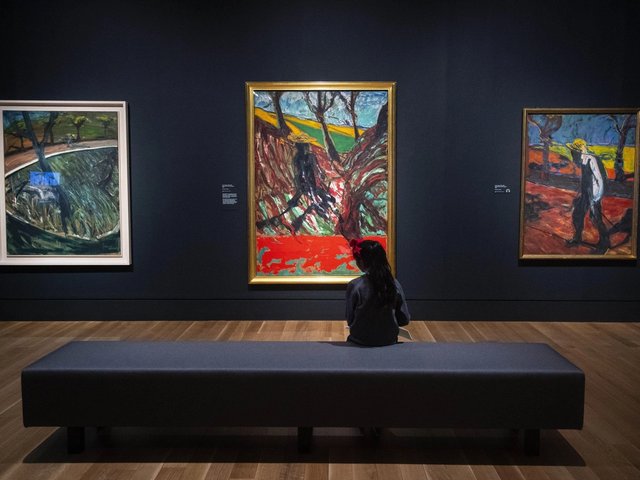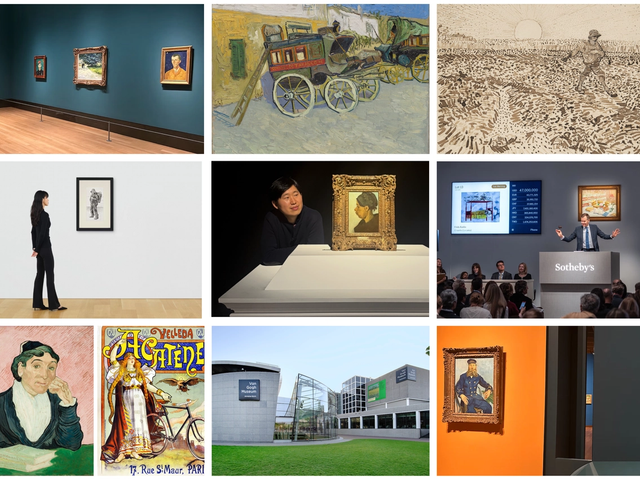In early 1945, just before the end of the Second World War, Vincent van Gogh’s nephew gave two of the artist’s drawings to the owner of a cheese business—in exchange for 35 packets of butter and a little meat. One of the drawings, Head of a Peasant Woman, left profile, will be offered at Sotheby’s on 25 June, estimated at £400,000-£600,000. This suggests that the pair of Van Goghs would now be worth around £1m.
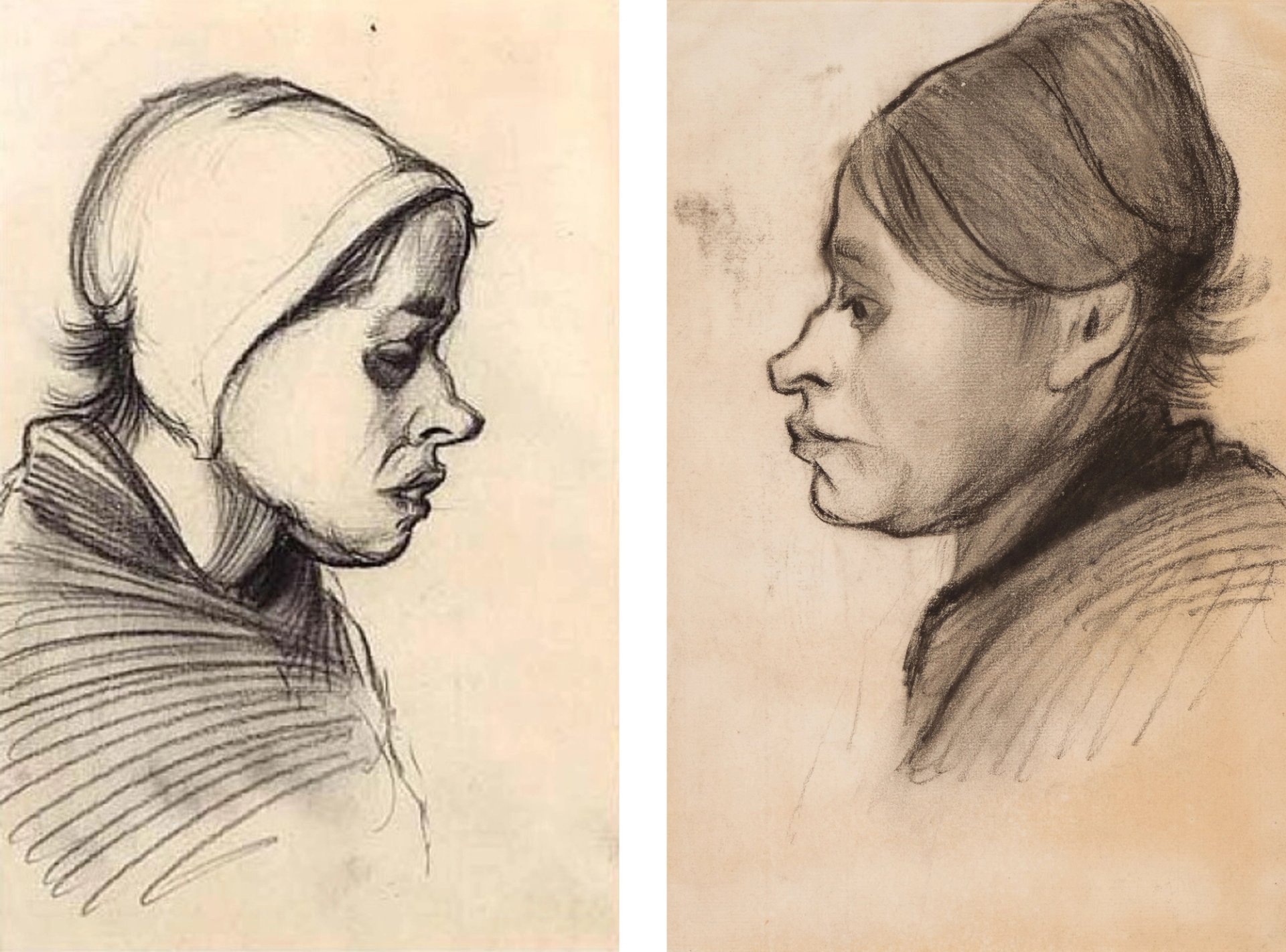
The £1m drawings exchanged for butter and meat: Head of a Peasant Woman, right profile and Head of a Peasant Woman, left profile (both December 1884-May 1885). The latter comes up at Sotheby’s, London on 25 June (estimate £400,000-£600,000)
piemags / Alamy Stock Photo and Sotheby’s
The artist’s nephew, Vincent Willem van Gogh (named after the artist), exchanged the two drawings for 35 packets of butter, each weighing 250 grams, along with some bacon and possibly some other smoked meat. At current food prices, this basket might now cost around £100 in the UK.
Intriguingly, the 1945 swap was arranged with the help of Charley Toorop, an artist who is currently the subject of an exhibition at Otterlo’s Kröller-Müller Museum. The show, Charley Toorop: Love for Van Gogh, runs until 14 September. Toorop was a great admirer of Van Gogh and must have known the nephew.
We have been able to identify the company which supplied the butter and meat: it was Visser Kaas, then based in Heiloo, north of Amsterdam. The family cheese business had been established in 1916 and the wartime swap was organised with Pieter Visser. Today it remains an important Dutch cheese producer, renowned for its Gouda.
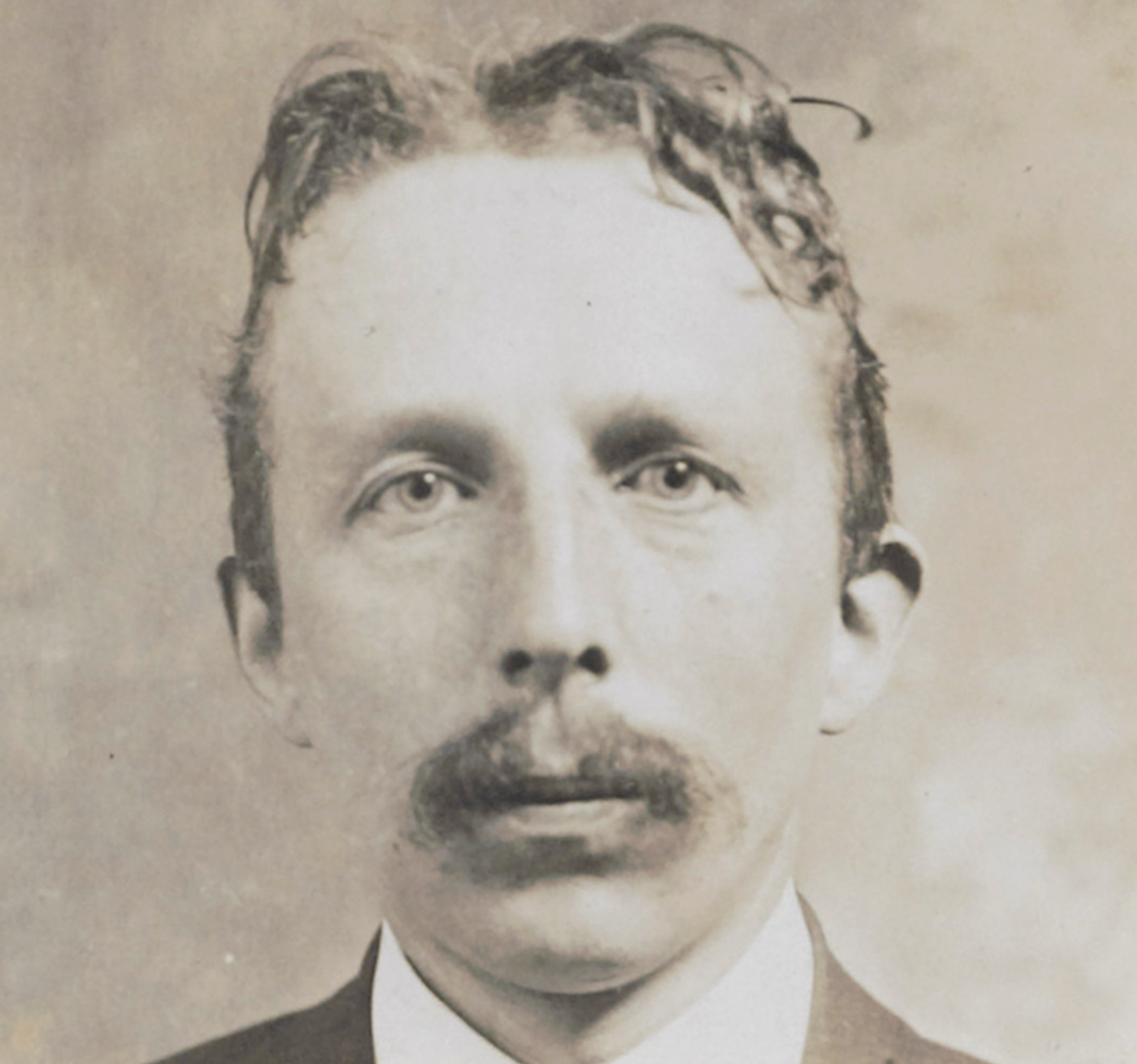
Vincent Willem van Gogh (around 1915-30)
Van Gogh Museum, Amsterdam (Vincent van Gogh Foundation) (inventory b5199)
1945 was a terrible year for V.W. van Gogh. Living in Laren, a small town east of Amsterdam, his family faced the challenges of the “Hunger Winter", the period in the Netherlands between November 1944 and liberation in May 1945 when the German occupiers blockaded food shipments. 20,000 Dutch people died from starvation.
The early weeks of 1945 had been difficult for the Van Gogh family, but they were soon struck down by a terrible tragedy. V.W. van Gogh’s eldest son Theodor, aged 24, was arrested on 1 March 1945 by the German occupiers on suspicion of aiding the resistance.
A week later Theodor faced a German firing squad. He was among 263 Dutch prisoners who were executed as a reprisal after the resistance’s attempt to assassinate Hanns Rauter, the German leader of the occupying SS paramilitary force.
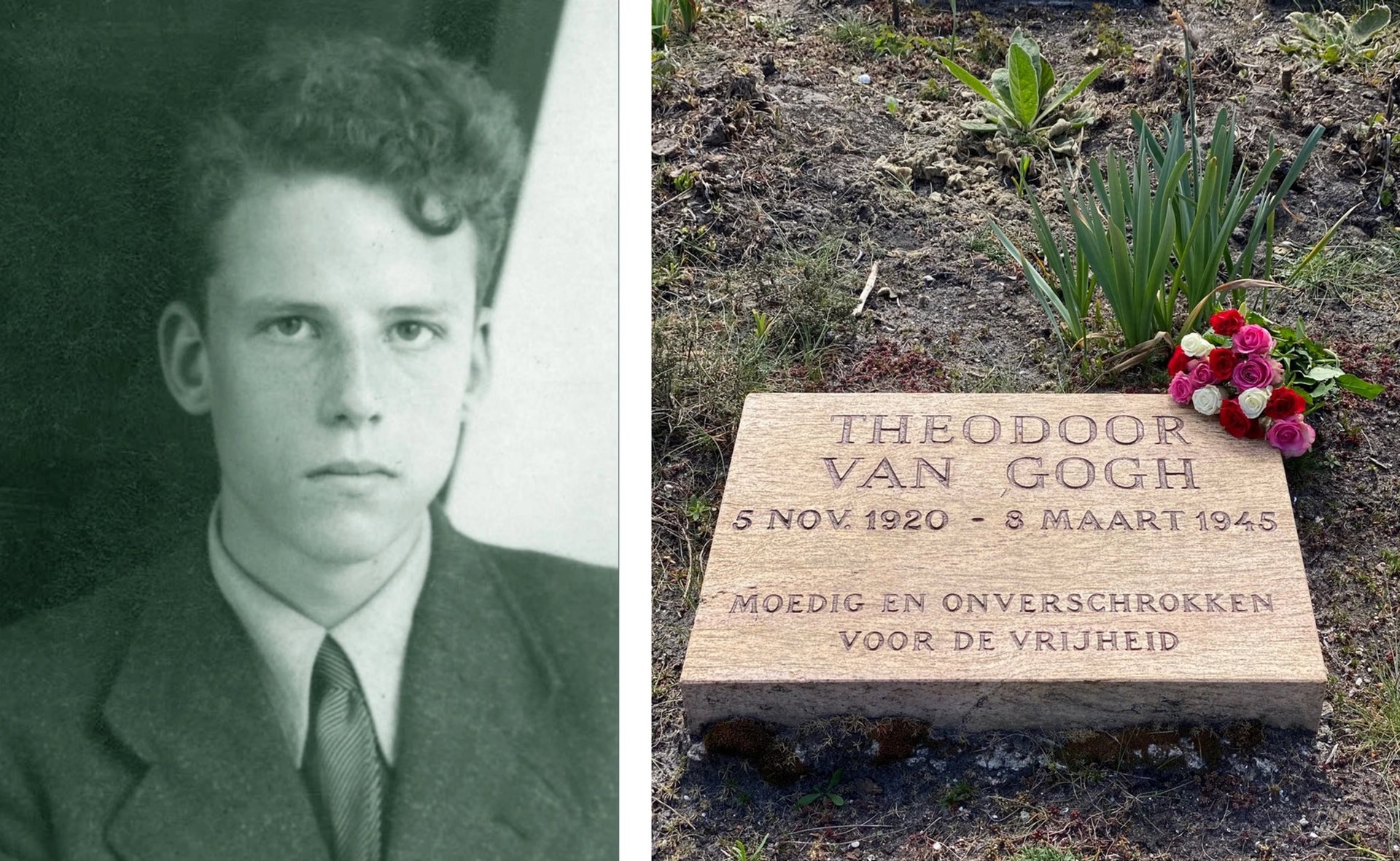
Theodor van Gogh (around 1940), aged around 20, and his grave, Field of Honour Cemetery, Overveen, near Haarlem
Courtesy of the Van Gogh family and Johan van Gogh
It was on 30 March, three weeks after the execution, that Visser confirmed the food-for-drawings arrangement, helping V.W. van Gogh feed his three younger children. By chance, this was the birthday of Van Gogh the artist.
The Sotheby’s drawing
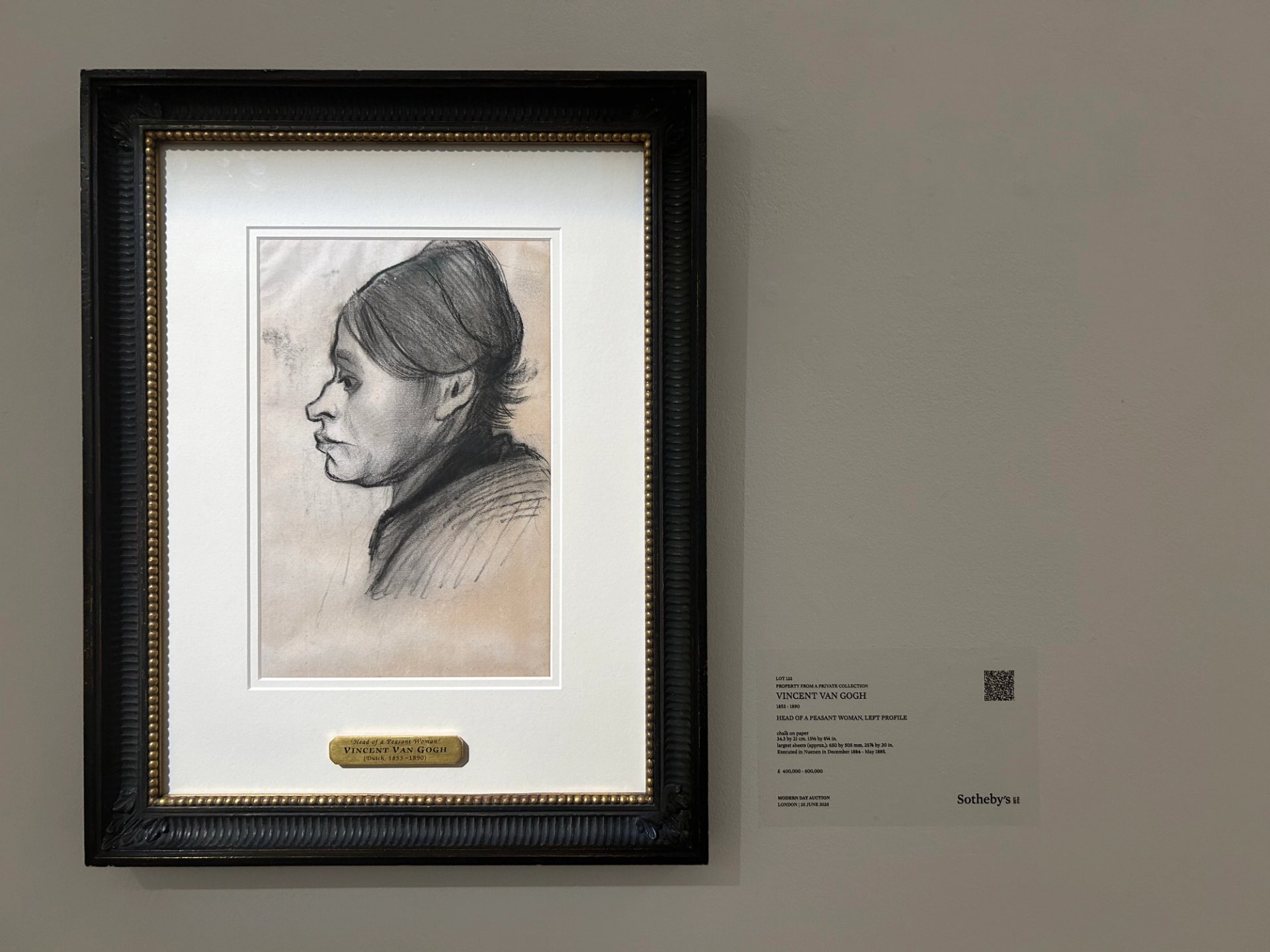
Head of a Peasant Woman, left profile (December 1884-May 1885)
The Art Newspaper
The two drawings exchanged with Visser represented a pair, both depicting the profile of a peasant woman. Dating from December 1884-May 1885, they were done in the southern Dutch village of Nuenen, where Van Gogh was living with his parents. The sitter remains unidentified, although she might well be Gordina de Groot.
Van Gogh never found a buyer for the drawings and they later passed down to his nephew. By the 1930s V.W. van Gogh very rarely sold or gave away works from his collection, so the exchange for butter and meat was quite exceptional.
On Visser’s death in 1957, the two drawings went to his widow, Ida Maria Visser-Omes. The following year she sold them to the Amsterdam dealer E.J. Van Wisselingh. Both were bought by the Dallas collector Lawrence S. Pollock. They were then auctioned at Christie’s in 1997, going to different buyers. Head of a Peasant Woman, right profile has since passed to another private collection.
The other drawing, Head of a Peasant Woman, left profile, was sold two more times, at Sotheby’s in 2001 and Christie’s in 2012, when it went for $722,500. Coming up again at Sotheby’s on 25 June, its poignant wartime story can finally be told.
UPDATE: On the day of the scheduled sale, 25 June, the auction of the Van Gogh drawing, along with 39 works from the same private collection, was postponed until 3 July. The Van Gogh then sold for £419,000 (with buyer’s premium).


